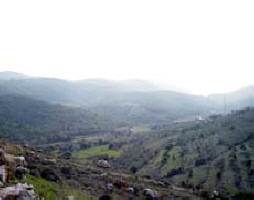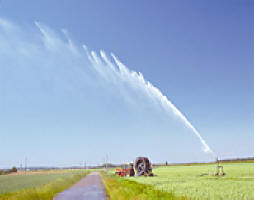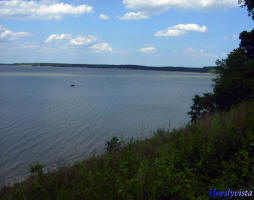 Reduction of the nitrogen discharge from the leather industry
Reduction of the nitrogen discharge from the leather industry
The European leather industry consists of about 3000 tanneries, which release a highly pollutant wastewater. Such a release is the cause of major environmental concerns. But in recent years, however, clean technologies, have been developed and implemented. These have reduced considerably the pollution from tanneries, though tanneries still produce wastewater that must be treated with an end-of-pipe solution.
The wastewater usually contains a high concentration of nitrogen, which is difficult to remove due to its high solubility. Nitrogen is a major problem in many countries. It causes the eutrophication of watercourses and the pollution of groundwater, a source for drinking water.
| Project number | LIFE03 ENV/S/000595 | ||
|---|---|---|---|
| Subject(s) | ANALYSIS AND TESTS , CHARACTERISTICAL PARAMETERS OF WATERS AND SLUDGES , DRINKING WATER AND SANITATION : COMMON PROCESSES OF PURIFICATION AND TREATMENT , INDUSTRY , PREVENTION AND NUISANCES POLLUTION , SANITATION -STRICT PURIFICATION PROCESSES , WATER QUALITY | ||
| Acronym | TANWATER | ||
| Geographical coverage | Sweden | ||
| Budget (in €) | 5118739 | ||
| Programme | LIFE | ||
| Web site | http://www.tanwater.net/ | ||
| Objectives | The overall objective was to improve water quality in Europe by reduction of the nitrogen discharge from the leather industry. A new wastewater treatment technology was implemented in the Elmo Leather AB tannery in Sweden. The technology used included nitrification and denitrification processes in the treatment of tannery wastewater to reduce the discharge of nitrogen. The reduction of the nitrogen discharge has been higher than 80%, in comparison to 30% which is expected to be achieved by traditional technologies.
|
||
| Results | During the project a new wastewater treatment plant was built to use nitrification and denitrification processes for nitrogen removal from wastewater from the tannery. The project results was disseminated to other tanneries in European countries via associations and industrial organisations. The project has been successfully finished and the Summary&Conclusions are available both in english and swedish: en (.pdf); se (.pdf)
|
||
| Period | [01/12/2002 - 31/05/2006] | ||
 you are not logged in
you are not logged in





